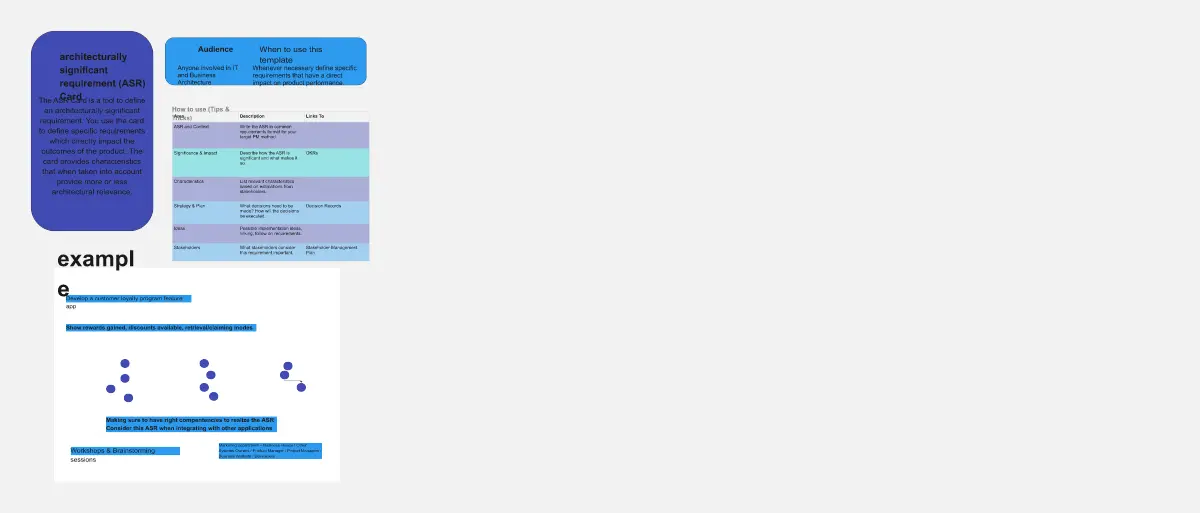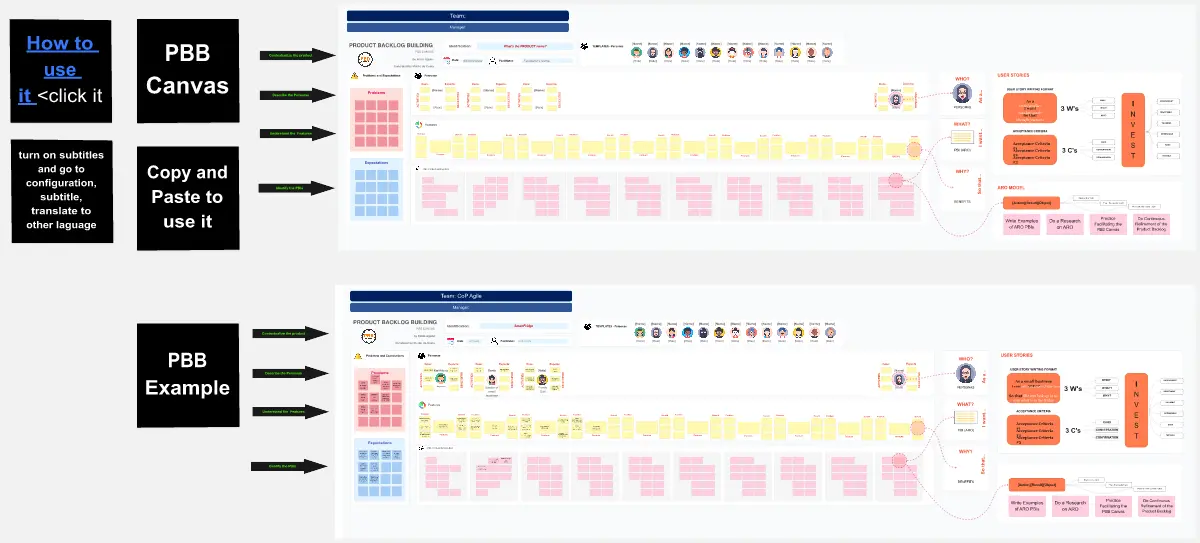IASA - Bounded Context Canvas
Canvas Overview: The Bounded Context Canvas fits into strategy and execution by helping teams to develop a shared understanding of the system they are building. This shared understanding is essential for developing a successful strategy and for executing on that strategy. The canvas can also be used to identify potential risks and challenges early in the development process. This can help teams to mitigate these risks and challenges and to deliver a successful project.
There are a number of resources available to help you get started with the Bounded Context Canvas. The original canvas was created by Nick Tune and Eric Evans, and you can find more information about it on Nick Tune’s blog https://medium.com/nick-tune-tech-strategy-blog/bounded-context-canvas-v2-simplifications-and-additions-229ed35f825f. There are also a number of commercial tools available that can help you to use the Bounded Context Canvas, such as Domainlanguage.com https://www.domainlanguage.com/.
Bounded Context, Domains and Capabilities
A bounded context in DDD is a way to carve out a specific portion of a larger business domain. It defines a boundary within which a particular model of the domain applies. This means that terms, concepts, and relationships within that bounded context have a specific, well-defined meaning that might differ from their use in other parts of the system.
Business Capabilities Map an Organization
Business capabilities are essentially a description of what an organization does, not how it does it. They are usually high-level, stable functionalities that provide value to the business. Examples of business capabilities might be:
Customer Relationship Management (CRM)
Order Fulfillment
Inventory Management
Payment Processing
Alignment: Finding the Sweet Spot
The real power of understanding the relationship between bounded contexts and business capabilities lies in their alignment:
Identifying Bounded Contexts: Business capabilities can be a starting point for the discovery and definition of bounded contexts. Analyzing the distinct activities and responsibilities within a business capability can point towards natural divisions where separate, focused domain models might make sense.
Context Size: Sometimes, a bounded context might directly encapsulate a single business capability. Other times, a business capability might be complex enough to be composed of several related bounded contexts.
Evolving Together: Ideally, bounded contexts and business capabilities inform each other and evolve in tandem. Changes in how a business operates should be reflected in the capabilities it defines, and this will likely influence the models within your bounded contexts.
Why This Relationship Matters
Reduced Complexity: Breaking down a complex business domain into bounded contexts aligned with capabilities makes the system easier to understand, design, build, and maintain. Teams can focus on a smaller, more manageable domain.
Clear Communication: Explicitly aligning business terms with the concepts in bounded contexts creates a common language, improving communication between development teams and business stakeholders.
Adaptability: As a business’s needs and capabilities change, bounded contexts that reflect those capabilities provide natural points for the software system to evolve and adapt as well.
How to use this canvas:
Assemble your team. The Bounded Context Canvas is a collaborative tool, so it is important to get all of the stakeholders involved in the bounded context together to work on it. This could include developers, business analysts, domain experts, and product managers.
Fill out the canvas. The canvas is divided into several sections, each of which prompts you to enter information about the bounded context. The specific sections may vary slightly depending on the version of the canvas you are using, but they typically include:
Discuss and refine. As you fill out the canvas, discuss each section with the team and come to a consensus on the information that you enter. This is a great opportunity to identify any areas of disagreement or uncertainty.
Use the canvas to guide your design and implementation. Once you have completed the Bounded Context Canvas, you can use it to guide your design and implementation of the bounded context. The information on the canvas will help you to make decisions about the architecture, technology stack, and APIs of the bounded context.
About IASA Global: IASA Global is a non-profit association for ALL Technology Architects which was established in 2002.The association is committed to improving the quality of the BT architecture industry by developing and delivering standards, education programs and developing accreditation programs and services that optimize the development of the architecture profession. The IASA network and membership consists of approximately 70,000 people in over 50 countries.
IASA Global has created the world's first and only Business Technology Architecture Body of Knowledge, (BTABoK), which is a free public archive of Business Technology architecture best practices, skills, and knowledge developed from the experience of individual and corporate members of IASA.
IASA has added templates for over 30 of the most frequently used BTABoK structured canvases into the Miroverse to help accelerate how Technology Architects collaborate on the architecture of the future. Give one a try today, and learn more about IASA at https://iasaglobal.org/.
Categories
Similar templates





